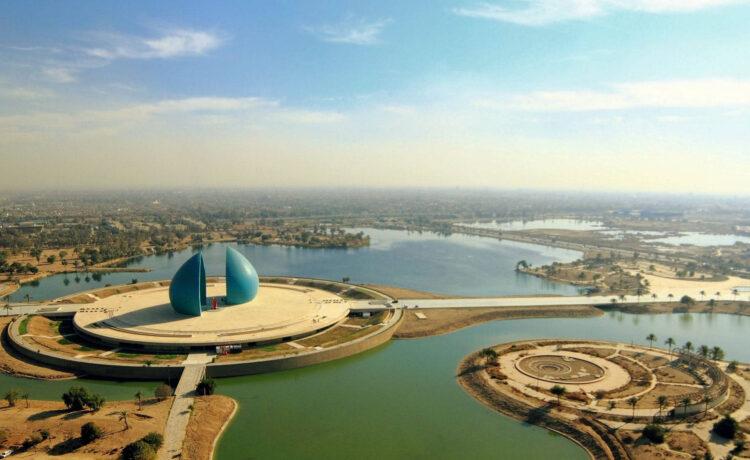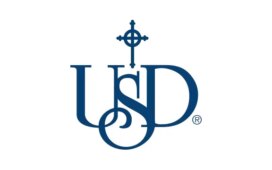Baghdad (IraqiNews.com) – The exchange rate of the US Dollar against the Iraqi Dinar has experienced a noticeable decline recently, driven by a complex interplay of economic and procedural factors. While each factor varies in its level of impact, their combined effect has bolstered the Dinar’s strength. Economic expert Manar Al-Obaidi has identified ten primary reasons behind this trend.
1. Economic Contraction and Declining Consumer Confidence: Uncertainty in the Iraqi market, stemming from an economic slowdown, has led to a decrease in spending by individuals and institutions. This negatively affected overall demand, consequently reducing the need for the US Dollar as a driver of trade activity.
2. Halt in Government Investment Spending: The government’s focus on operational rather than investment expenditures has slowed economic activity. Given that the general budget is the main engine of economic activity, reducing investment spending has lowered aggregate demand, including demand for the Dollar.
3. Tightened Border Controls: Government measures aimed at curbing smuggling and regulating relations with the Kurdistan Region have significantly reduced the phenomenon of inflated invoices. This has directly diminished the artificial demand for the US Dollar in the parallel market.
4. Merchants Shifting to Official Banking System: A large segment of merchants has transitioned into the official banking system, utilizing the official Dollar exchange rate through approved platforms. This shift has reduced the volume of transactions in the parallel market and eased pressure on the Dollar.
5. Decline in Re-export Operations: A reduction in the re-export of goods to neighboring countries has led to a decrease in demand for imported goods. This directly translated into a lower need for the US Dollar to finance such commercial operations.
6. Settling Major Company Dues with Oil Products Instead of Cash: The government has opted to settle a portion of foreign companies’ dues using heavy fuel oil and naphtha instead of cash payments. This move has reduced reliance on Dollars sold by the Central Bank and increased the supply of Dollars in the market.
7. Preparations for Electoral Process: With the start of the election season, there has been an increase in spending related to election campaigns. This expenditure is often financed from Dollar reserves, necessitating their conversion into Dinars to cover campaign costs, thereby increasing the supply of Dollars in the market.
8. Rise in Number of Foreign Visitors and Arrivals: An increasing number of foreign visitors to Iraq has injected foreign currencies into the local market. This provides an additional source of hard currency outside the Central Bank’s sales, contributing to a greater abundance of the US Dollar.
9. Cessation of Illicit Trade Due to Border Closure with Syria: The closure of border crossings with Syria has significantly curbed smuggling and illegal trade operations that heavily relied on the US Dollar in the parallel market. This has led to an additional decline in Dollar demand.
10. Decrease in Issued Currency and Withdrawal from Market: The Central Bank of Iraq has withdrawn a portion of the Dinar currency mass from the market. This action has created a doubled demand for the Iraqi Dinar against the US Dollar. This balance in demand levels between the two currencies has helped strengthen the Dinar’s value and raise its exchange rate against the Dollar in the parallel market.
These are the primary reasons contributing to the decline in exchange rates against the Dinar. The extent of each cause’s impact on the official exchange rate remains a question, and other factors may also be at play. Al-Obaidi believes the sequence of reasons above reflects the significance of each cause’s impact on the parallel market exchange rate.





